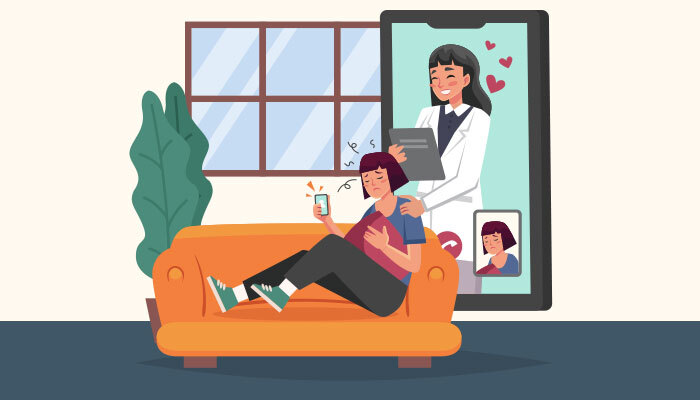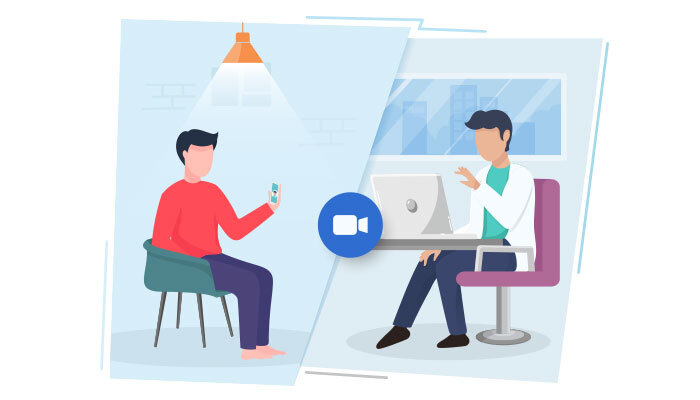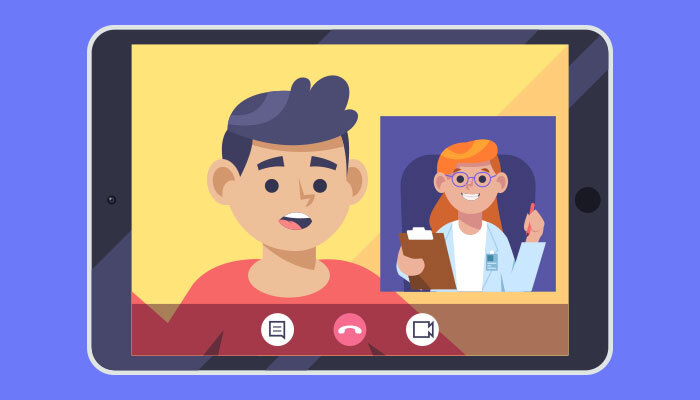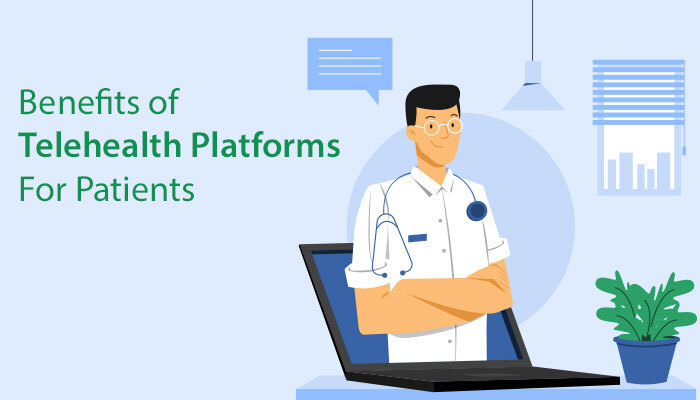People may now connect in ways that seem impossible in past. Technology, in addition to email & social media, enables healthcare practitioners to give high-quality services regardless of their physical location. Doctors may screen, diagnose, and treat patients without them having to attend a medical institution using a telehealth platform. This has various advantages for both patients and physicians. However, in this article, we are sharing a few benefits of telehealth for patients.
Lower Healthcare Cost

Doctors and therapists may be pricey even for individuals with good health insurance. Telemedicine consultations are frequently less costly than in-person consultations. This reduces out-of-pocket costs, removing a financial barrier to receiving care.
Medical Access for People in Rural Areas

Living in the country has many advantages, but one of them is not always easy to access to medical care. Patients who live a considerable distance from a medical facility can use telemedicine to consult with a doctor right away.
When driving conditions are less ideal, such as during snowfall or hailstorm, this saves time & permits people to stay off the road.
Reduced Exposure to Pathogens

The transmission of COVID-19 & other viruses can be aided by extended stays in doctors’ waiting rooms with other patients.
Patients may stay at home and avoid being exposed to viruses and germs thanks to telehealth. This also aids in the protection of medical personnel.
Better Chronic Care Management

Similarly, telehealth allows physicians to securely attend to convalescent patients in the comfort of their own homes for the management of chronic diseases like mental health, post-acute care, and post-hospitalizations.
This idea has also given rise to hospital-at-home and post-acute care programs, which, together with Chronic Care Management, are now part of the Centers for Medicare & Medicaid Services’ overall value-based care system (CMS).
Provide More Flexibility

One among the major benefits of telehealth for patients is that it provides more flexibility for individuals whose schedules prevent them from seeing a doctor. Many patients find it difficult to keep up with routine appointments because of their busy schedules.
Being able to get treatment from the comfort of their own home is an advantage. When health organizations engage with device-agnostic telehealth and/or telemedicine service, patients may access their appointments from any device, making telehealth even more flexible for them.
Patients without a computer but do have access to a video-capable mobile device can still connect with their doctor successfully.
Appointment On Demand

Telehealth has been far more convenient than in-person visits to the doctor. According to eVisit, typical wait time for a new patient visit is 24 days, but telemedicine takes only 20 minutes.
Web-based appointments with nurses or physicians may frequently be scheduled on the same day, lowering the chances of a sickness or injury worsening over time.
Providers can also monitor a patient’s health remotely utilizing remote monitoring devices and web-based or mobile apps that allow them to input data like blood glucose measurements.
No Transportation Time or Work Off

According to the National Conference of State Legislatures, about 3.6 million Americans postpone or miss medical appointments owing to a lack of transportation (NCSL). Telehealth eliminates the necessity for traveling and the time wasted stuck in traffic.
In addition, patients can save money on parking, petrol, and public transit. Most telehealth visits are only 15 minutes long, allowing patients to get medical treatment during their lunch or break. Patients also do not have to skip work or take time off to see their doctors.
Conclusion
Patients will have more access to care as telehealth and telemedicine become more popular in modern healthcare. Furthermore, regulatory bodies are adapting quickly to keep up with the fast-changing healthcare industry.
The most essential thing healthcare providers can do is work with a telehealth provider whose solution is accessible, dependable, & efficient. Furthermore, collaborating with a solution that emphasizes access to language is aiming the major benefits of telehealth for patients, regardless of their native language, have equitable access to treatment.
Health systems will be able to ensure health equity during the transition to telehealth and telemedicine platforms by focusing on patient-centered treatment and greater access.

